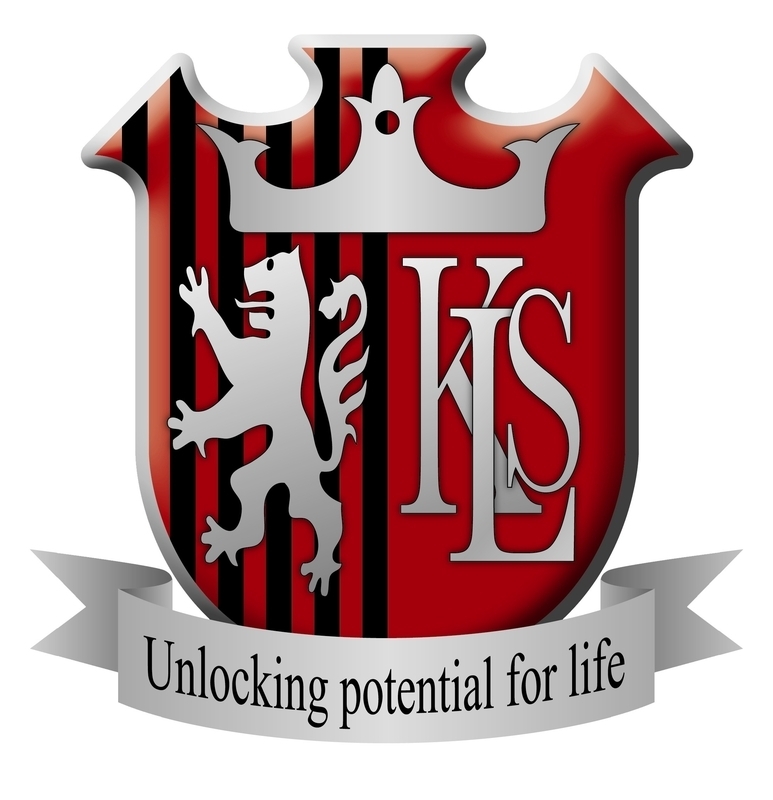
In Year 12, the A level course covers both Physical and Human Geography. The first unit is entitled Dynamic Landscapes and in this unit we will study Tectonic Processes and Natural Hazards. This will include looking at the distribution of natural hazards and their management. We will also study coastal landscapes and change; this will include some fieldwork. The second unit is entitled Dynamic Places. This will include a unit on globalisation, identifying the ‘winners’ and ‘losers’. The other place-based component will look at social, cultural and economic changes in areas of regeneration including some fieldwork. In Year 13, the physical geography component is extended through the study of the water cycle and its links with water insecurity around the world, the carbon cycle is also studied and links are made with the use and trade in energy resources around the world. The way that climate change is predicted to alter the way people interact with their environment is also examined. The human geography aspect of the course gets more political by looking at the balance and imbalance of power across the world through trade and other negotiations. Fieldwork in Year 12 is used to provide the training and experience required for the independent investigation reports. Course content Unit 1: Dynamic Landscapes (Tectonic Processes and Hazards with Coastal Landscapes and Change) Unit 2: Dynamic Places (Globalisation & Shaping Places) Unit 3: Physical Systems and Sustainability Unit 4: Human Systems and Geopolitics
Geography GCSE at least at grade 5. English and Mathematics GCSE at least at grade 5.
Written examination
About Education Provider
| Region | East of England |
| Local Authority | Hertfordshire |
| Ofsted Rating | Good |
| Gender Type | Co-Educational |
| Address | Love Lane, Kings Langley, WD4 9HN |
In Year 12, the A level course covers both Physical and Human Geography. The first unit is entitled Dynamic Landscapes and in this unit we will study Tectonic Processes and Natural Hazards. This will include looking at the distribution of natural hazards and their management. We will also study coastal landscapes and change; this will include some fieldwork. The second unit is entitled Dynamic Places. This will include a unit on globalisation, identifying the ‘winners’ and ‘losers’. The other place-based component will look at social, cultural and economic changes in areas of regeneration including some fieldwork. In Year 13, the physical geography component is extended through the study of the water cycle and its links with water insecurity around the world, the carbon cycle is also studied and links are made with the use and trade in energy resources around the world. The way that climate change is predicted to alter the way people interact with their environment is also examined. The human geography aspect of the course gets more political by looking at the balance and imbalance of power across the world through trade and other negotiations. Fieldwork in Year 12 is used to provide the training and experience required for the independent investigation reports. Course content Unit 1: Dynamic Landscapes (Tectonic Processes and Hazards with Coastal Landscapes and Change) Unit 2: Dynamic Places (Globalisation & Shaping Places) Unit 3: Physical Systems and Sustainability Unit 4: Human Systems and Geopolitics
Geography GCSE at least at grade 5. English and Mathematics GCSE at least at grade 5.
Written examination